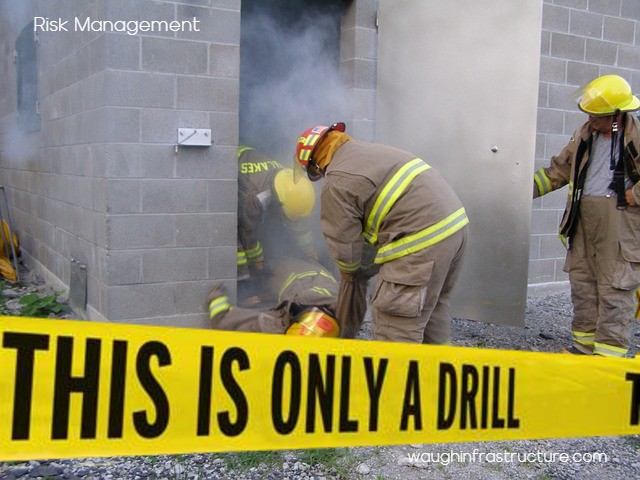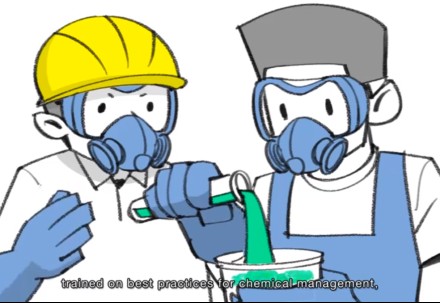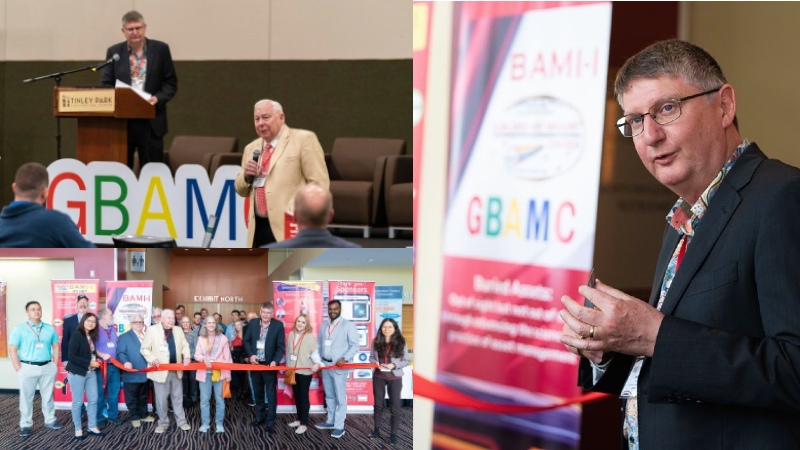
The May 2019 WIOG “Building Resilience” Conference was an opportunity to return to my previous work life.
Although my wastewater operator’s ticket, like my hair, has long receded it was refreshing to return to the front line with a group of water and wastewater operators whom I have had the pleasure of working with on a day to day basis over the last few months.
The conference was well attended with delegates from across New Zealand and covered a broad range of topics from Water Borne outbreaks and treatment to Wastewater odours and health risks.
One particular paper that resonated with me was a presentation on chemical safety.
The presenter, Ixom, provided an overview of the requirements necessary to satisfy the Health and Safety at Work 2017 legislation as it relates to the safe use of chemicals. These include:
- Risk management, training and emergency response
- Active supervision and recording of training and competency
- Skills and knowledge of the trainer
- Supporting material for the provision of training including support modules for the trainer and trainee and practical exercises
While the presentation was focused on chemical handling, what resonated with me was the broad application of the risk, response and training concept to most other activities we undertake and encounter, and I am not thinking solely in the health and safety realm.
Applying risk management thinking in our daily provision of service in a more considered and structured way can only lead to enhanced results and greater performance for our customer.
Equally, developed and tested recovery plans complemented by trained, competent practitioners provide huge benefits in controlling the myriad of risks that we operate within.
When you consider more closely the concept of training practical exercises you open the door to real gains; taking the generic learnings from formal training and tailoring them to your specific needs.
I find the approach of fire and emergency services to be an excellent example of taking well-structured and focused (but none-the-less generic) training and tailoring it to their needs, “their patch”.
They develop and run scenarios that are unique to “their patch”, they know the best travel routes, best water sources, best attack methods and they are practised in accessing and using them effectively.

This is not new thinking and it’s certainly not alien to Local Government – we routinely adopt this approach with our greatest risks through Civil Emergency scenarios.
Our Communities rightly expect us to have assessed, quantified and reduced risk related to the services we provide, and this includes being able to confidently respond and recover in a timely manner.
And these risks are vastly broader than health and safety risks. How confidently could you respond to foreseeable events?
PHOTO CREDIT: Li & Fung: Health, Safety & Sustainability. “An introduction to chemicals safety management for factory managers.” YouTube @ 6:03 minutes . YouTube, 8 May 2016. Accessed on 25 June 2019.





